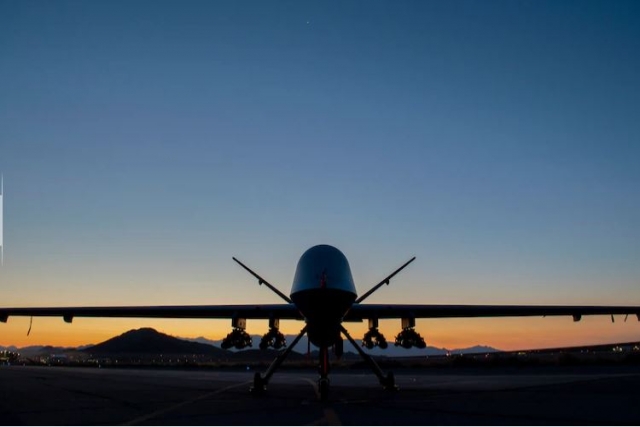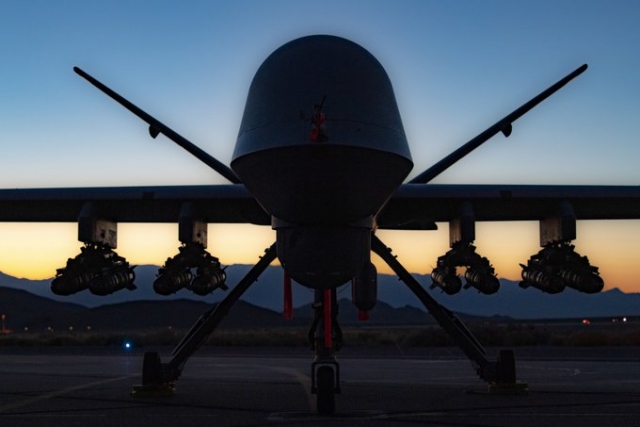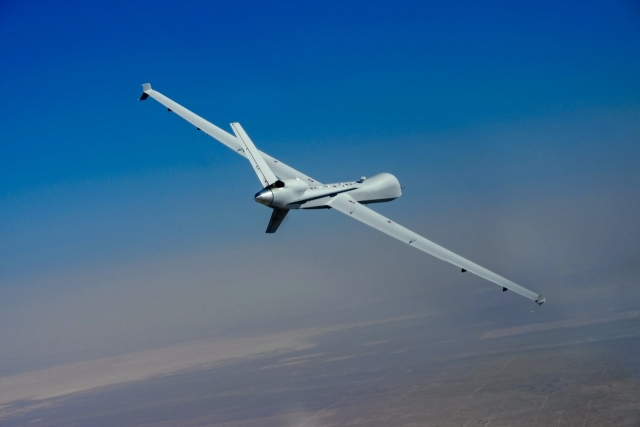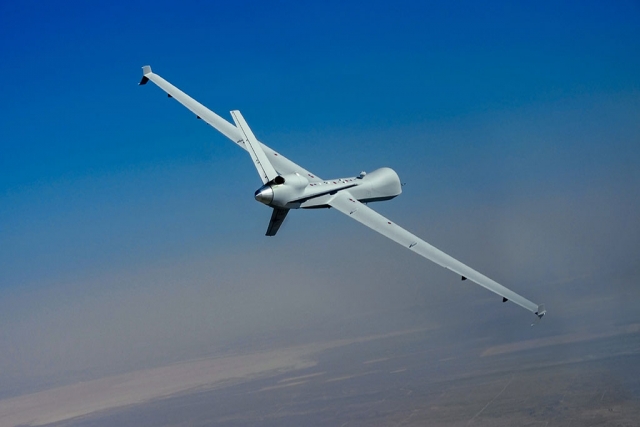USAF MQ-9 Reaper Takes Flight with 8 Hellfire Missiles

The U.S. Air Force conducted the first flight of MQ-9 Reaper carrying eight live AGM-114 Hellfire missiles earlier this month.
“The 556th Test and Evaluation Squadron conducted the first flight of the MQ-9A Reaper carrying eight live AGM-114 Hellfire missiles on September 10, 2020, reinforcing the platform’s ‘persistent attack’ role,” the service said in a release September 29.
This new capability is part of the MQ-9 Operational Flight Program 2409, a software upgrade set to field by the end of calendar year 2020. Previous to this software, the Reaper was limited to four AGM-114s across two stations. The new software allows flexibility to load the Hellfire on stations that previously were reserved for 500 lb. class bombs or fuel tanks.

“The hardware/launcher is the same that we use on the outboard stations,” said Master Sgt. Melvin French, Test System Configuration Manager. “Aside from the extra hardware required to be on-hand, no other changes are required to support this new capability and added lethality. The Reaper retains its flexibility to fly 500 lb. bombs on any of these stations, instead of the AGM‑114s, when mission requirements dictate.”
The new capability stems from a combined requirements process between Air Combat Command and Air Force Special Operations Command that sets the scope for each MQ-9 OFP update.
“Doubling the firepower of this high-endurance aircraft with Hellfires improves the lethality and agility of the MQ-9 over many combat roles, with an arsenal of highly versatile, accurate, and collateral-friendly weapons for all Combatant Commanders,” said Lt. Col. Michael Chmielewski, commander, 556th Test and Evaluation Squadron.

In future conflicts, MQ-9 aircrew will be required to dynamically target priority targets and defend isolated personnel, explained Chmielewski. These missions require accelerated kill chains to engage priority targets, some with fleeting engagement opportunities, and to neutralize hostile threats immediately. Added firepower increases the persistent attack ability of the MQ-9 to respond immediately across its long mission times, where it previously may have exhausted its weapons inventory and had to slow the kill chain to coordinate for additional kinetic support to engage a priority target.












